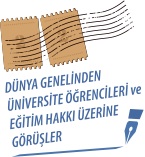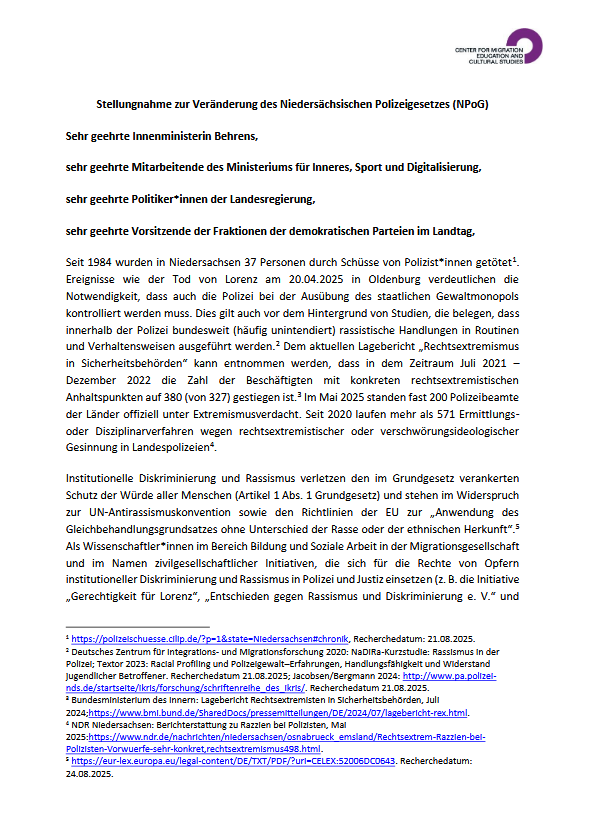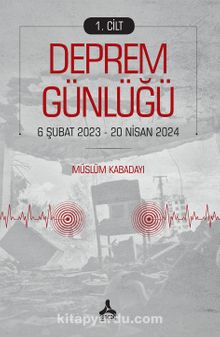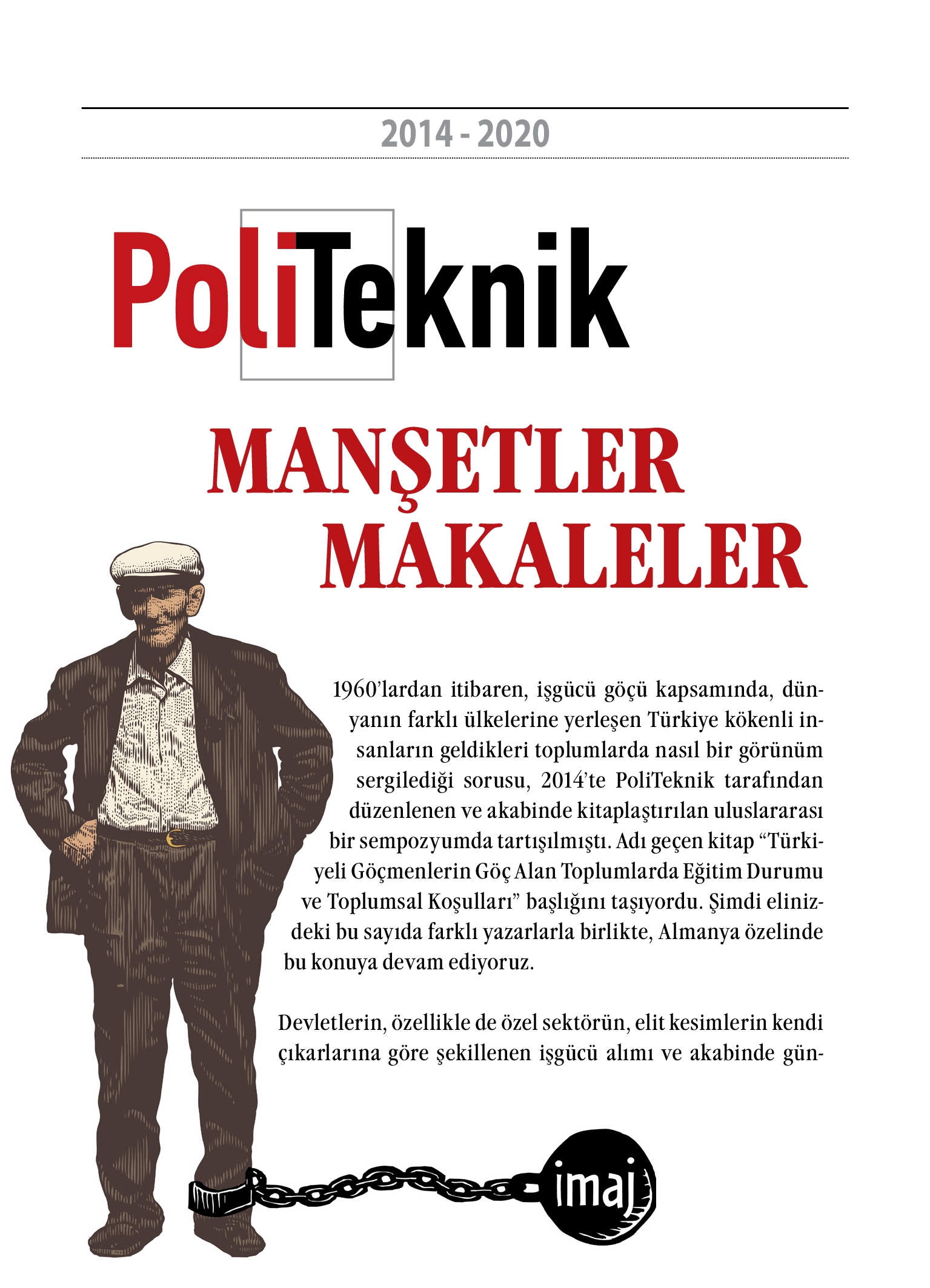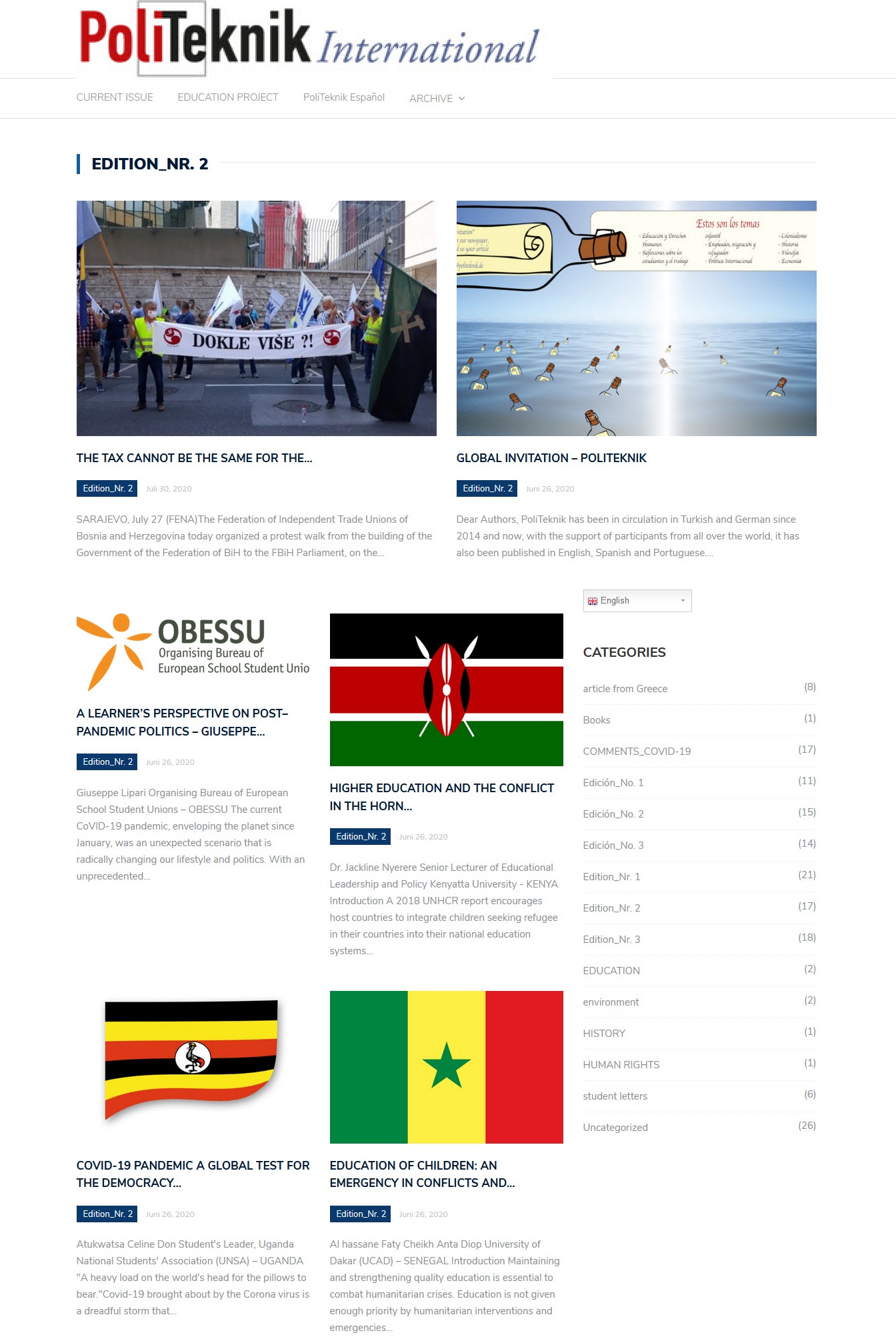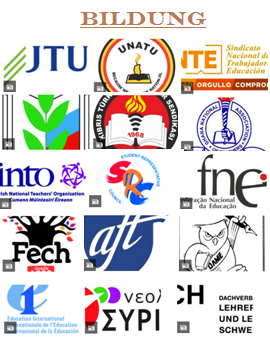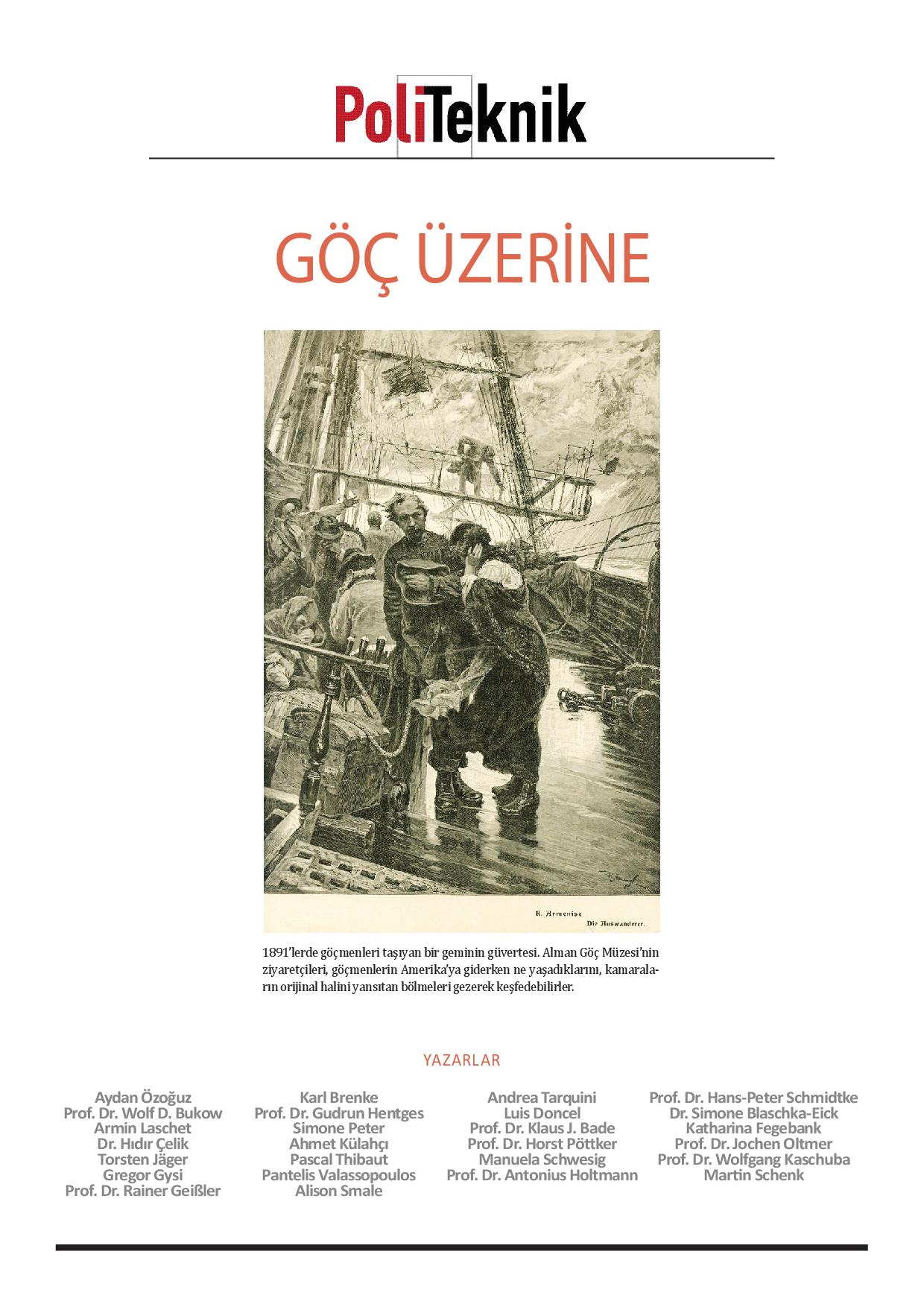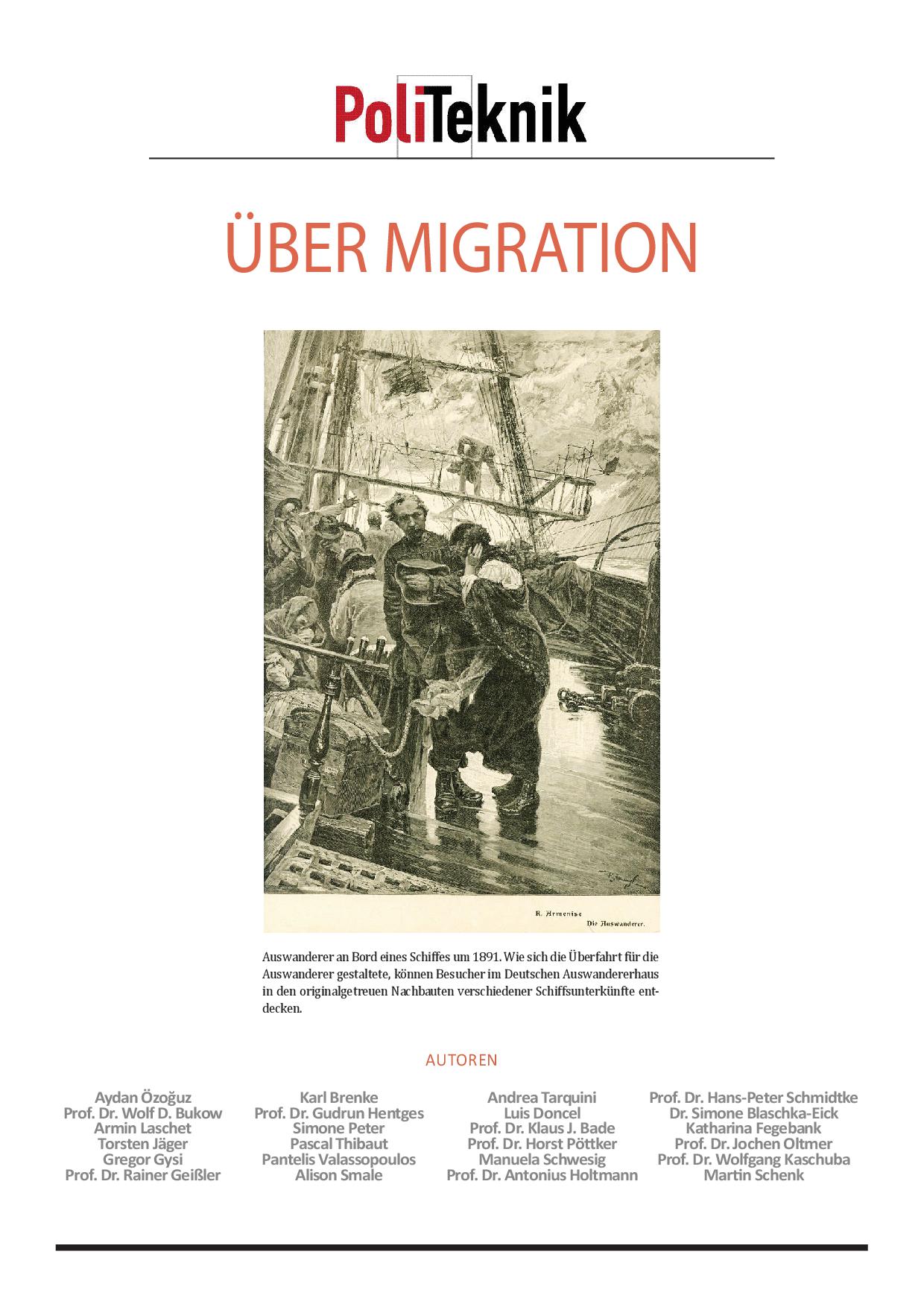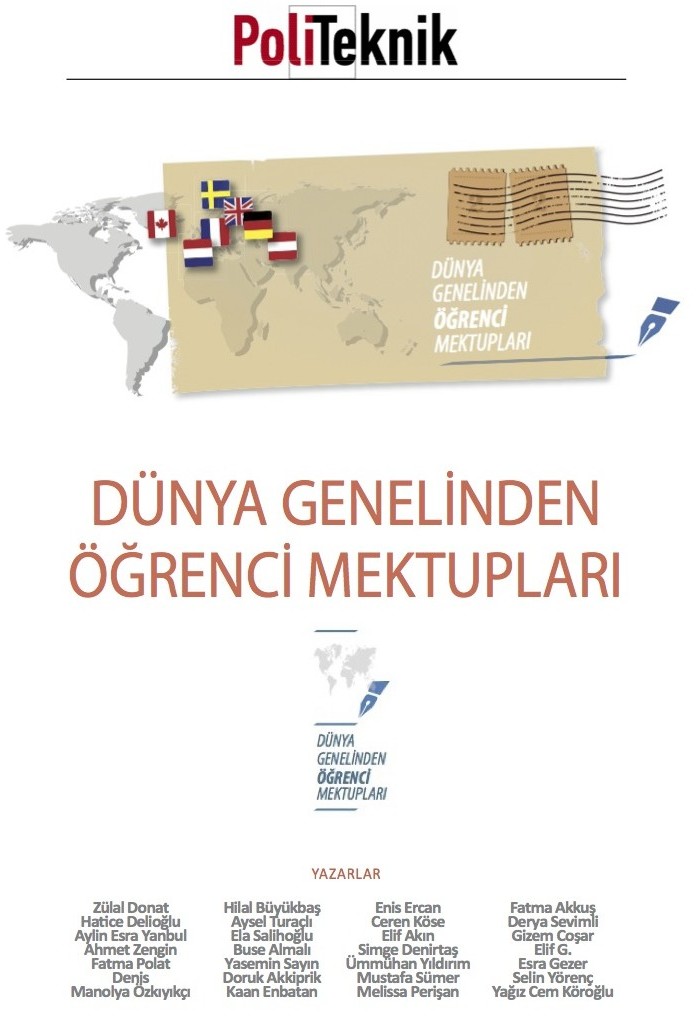Cossette Woo | Washington University – USA
 Article 26 of The Universal Declaration of Human Rights states that “education shall be free, at least in the elementary and fundamental stages”, which poses the following questions: How does one determine what stage of education is fundamental? Where do we decide that a certain stage of education is “good enough”?
Article 26 of The Universal Declaration of Human Rights states that “education shall be free, at least in the elementary and fundamental stages”, which poses the following questions: How does one determine what stage of education is fundamental? Where do we decide that a certain stage of education is “good enough”?
Furthermore, Article 26 also highlights “education shall be directed to the full development of the human personality and to the strengthening of respect for human rights and fundamental freedoms”. Yet, none of these terms are properly defined. How does this account for students with disabilities, who are often segregated into their own separate classes, regardless of their educational level or capabilities? In the same way, students of colour have also been singled out and put into English as a Second Language classes simply due to pre-existing stereotypes. However, no attention is being paid to whether or not these students actually know the material or their capabilities, thus creating even more of an achievement gap.
The American education system is deeply flawed. As exemplified by how schools are funded based on districts, and the school to prison pipeline, among other issues, there is a lot of education reform that needs to take place. School funding varies from state to state but relies heavily on local property taxes. When funding depends on local property taxes, a disparity between quality of education received occurs. Teachers across the nation have taken to striking to advocate for increased school funding, pay hikes, and in some situations, guaranteed daily recess, as well as an end to the use of standardized test scores to evaluate educators. Studies have shown that teachers have extremely low morale, and that teacher shortages are common — and unsurprisingly so. An article by NPR, “Why America’s Schools Have A Money Problem”, details how this goes on to continuously widen the achievement gap, and how that affects students of colour. The school to prison pipeline, or the horrifying national trend in which children are funneled out of public schools into the juvenile corrections system, is another instance our education targets specific students. Many students who are victims of the school-to-prison pipeline have histories of poverty, abuse, neglect, or learning disabilities. Rather than being punished or isolated, these students would benefit from additional support.
Homeless and foster youth face a number of barriers to higher education: they may struggle with insufficient financial resources and housing, situations that put them at a greater risk of physical and mental health challenges. This instability can result in a lack of support and encouragement, leading to students not pursuing higher education or even not graduating from high school. In addition, being uprooted and in an unstable environment can make or break a child’s sense of security, and further affect their ability to focus in classes. Frequent mobility has been linked to an increase of anxiety, as well as lower student achievement.
Homeless and foster youth may also face the additional challenge of being moved to different school districts, being shifted in and out of various classrooms, and creating and widening educational gaps. When students change schools frequently, educators may struggle with correctly identifying skill levels, as well as needs of students. In addition, transportation, stigma regarding homelessness and the foster system, as well as lack of social support may be an additional challenge faced. Homeless and foster youth also may not have the proper or updated school records, which can also lead to incorrect placement and evaluation of grade levels. Previous school transcripts, proof of residency, parental permission slips, as well as medical and immunization records are all necessary documents that may not be easily accessible for these youth. While the McKinney-Vento Homeless Assistance Act of 1987 ensures transportation to and from school free of charge, this is insufficient for many children in underprivileged households or circumstances. Further measures of reform could include allowing children to attend their school of origin regardless of location, as well as requiring that schools register homeless children even if they lack required documents. If school districts lack the resources to fully implement these measures, then action at a state or federal level may be required. Homeless and foster youth engaged in mentoring and peer-coaching programs, as well as substance abuse prevention programs have been found to exhibit higher rates of high school completion, better measures of self-determination, empowerment, and transition planning.
As someone who recently graduated with a Bachelor of Arts in Social Welfare, it was alarming to see how many positions required years of experience, with a Master’s in Social Work (MSW) degree preferred. What was even more alarming, was that I would have a better pay rate if I continued to work at my retail job, rather than at an entry level position in the field. I went to an in-state school, and lived at home for all four years, and am still leaving my undergraduate degree with a huge amount of debt. I went straight into my MSW program, simply so I didn’t have to deal with the loan repayment process, and for the promise of a better pay rate post-graduation. When revisiting education as a human right and how it should be extended, one should especially factor in discussions about higher education, and about how our education systems treat underprivileged and underrepresented students. By failing the most at risk members of our adolescent society, we create a never-ending cycle of poverty and struggle that widens every year the issue is not addressed.
Education is a right. But it’s also a privilege. Today, higher education has almost become a necessity and an expectation. Whereas once a college degree was only required for highly skilled jobs or positions in leadership, today it has become a prerequisite for anyone seeking to succeed in life. Even a quick search of job listings for entry level jobs, like those for a secretary or a personal assistant, reveals that a bachelor’s degree or higher is strongly preferred. Failing to expand access to higher education to all students, including those with disabilities or personal or communal underprivileged, risks creating a two-class society: those with a degree and access to the job market, and those without a degree who are left behind.
Works Cited
Duffield, B. (2007). Educating Children without Housing: A Primer on Legal Requirements and Implementation Strategies for Educators, Advocates and Policymakers. American Bar Association.
Education for the Homeless Children and Youth Program. (2001). Report to Congress Fiscal Year 2000. Washington, DC: United States Department of Education.
Fowler-Finn, T. (2001). Student Stability vs. Mobility. The School Administrator, August 200
Julianelle, P. F., & Foscarinis, M. (2003). Responding to the School Mobility of Children and Youth Experiencing homelessness: The McKinney-Vento Act and Beyond. The Journal of Negro Education, Vol. 72(1), p. 39-54.
Heyback, L., & Nix-Hodes, P. (1999). Reducing Mobility: Good for Kids, Good for Schools. The Beam: The Newsletter for the National Association for the Education of Homeless Children and Youth, 9(1): 5.
Institute for Children and Poverty. (2001). Back to the Future: The Brownstone and FutureLink After-School Programs for Homeless Children. New York, NY: Homes for the Homeless.
Mizerek, E., & Hinz, E. (2004). Counseling 101Column: Helping Homeless Students. Principal Leadership Magazine, 4(8).
National Coalition for the Homeless. (2007, August). NCH Fact Sheet #10. Retrieved from Education of Homeless Children and Youth: http://www.nationalhomeless.org/publications/facts/education.pdf
Policy Study Associates. (2002). Education for Homeless Children and Youth Program: Learning to Succeed. Washington, DC: Planning and Evaluation Service of the U.S. Department of Education.
Rescorla, L., Parker, R., & Stolley, P. (1991). Ability, achievement, and adjustment for homeless children. American Journal of Orthopsychiatry, 61(2): 210-220.
Teicher, 2005. For homeless, no place like home. Christian Science Monitor.
Turner, C., Khrais, R., Lloyd, T., Olgin, A., Isensee, L., Vevea, B., & Carsen, D. (2016, April 18). Why America’s Schools Have A Money Problem. Retrieved from https://www.npr.org/2016/04/18/474256366/why-americas-schools-have-a-money-problem
U.S. Department of Education. (2004). Education for Homeless Children and Youth Program, Title VII-B of the McKinneyVento Homeless Assistance Act. Washington, DC: United States Department of Education.

